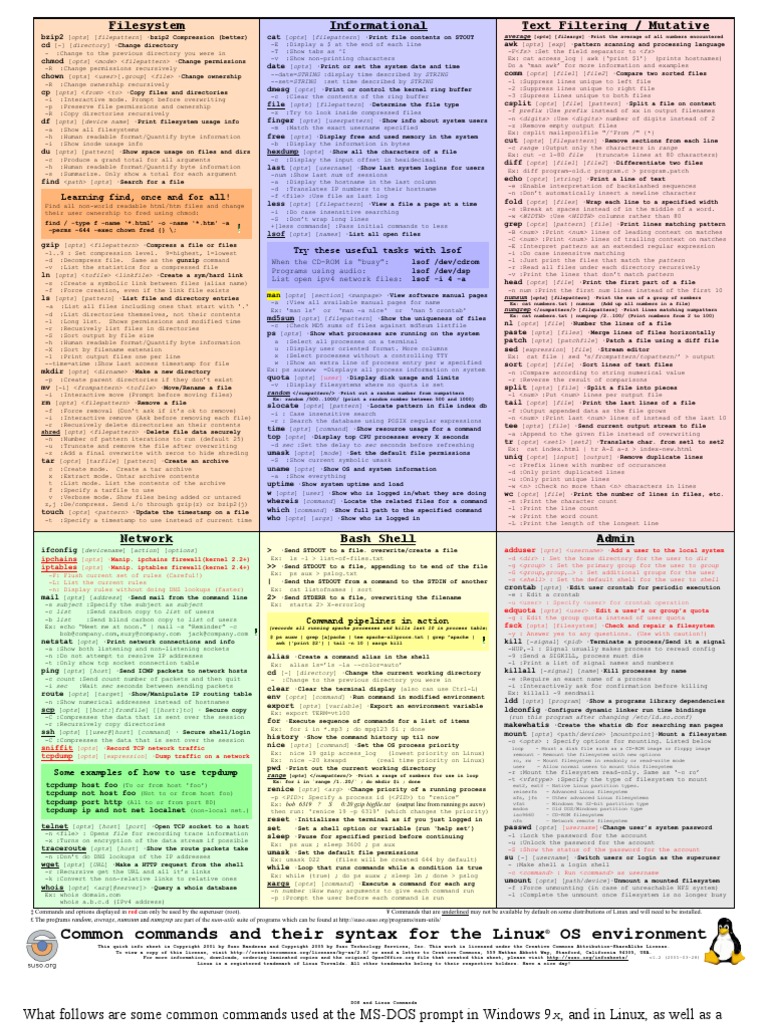

(AF-S lenses are those with a built-in focus motor.) Some of the newer NIKKOR lenses can also be used with older manual focus teleconverters with limited compatibility. Also, when you use a teleconverter, you don’t lose the close focusing distance of the lens, which is an added benefit.īecause teleconverter compatibility is dependent upon lens use, the lenses that will work with a teleconverter are all FX lenses (those that are designed for use with the larger FX format image sensor or film SLR cameras.ĪF NIKKOR lenses (those which do not have a built-in focus motor) are not compatible with the current AF-S teleconverters but may work with older manual models. Teleconverters are convenient when you want to increase the apparent telephoto reach of specific NIKKOR lenses, especially when compared to the physical size of some of the longer super-telephoto NIKKORs. Here is a list of teleconverter/NIKKOR lens compatibility. Also, not every NIKKOR lens is compatible with every teleconverter. A 300mm lens and 2x teleconverter may not be as sharp as a dedicated 600mm lens.

There are benefits and drawbacks to using a teleconverter, so you need to decide if using one is right for the type of photography you’re planning to do.īenefits include their cost effectiveness and small physical size drawbacks include a loss of light or lens speed and possible decrease in sharpness.

These AF-S teleconverters utilize the Nikon f/mount, and are compatible with all Nikon film-based SLRs and DSLRs (FX and DX formats), as well as the Nikon 1 cameras when using the FT-1 F Mount Adapter. Nikon currently offers teleconverters in 1.4x, 1.7x and 2x magnifications. Using a teleconverter is an affordable option when you want to increase your photographic reach without having to purchase new super-telephoto lenses. In general, wide-angle prime and zoom lenses are not compatible with teleconverters which makes sense, since you’re using a teleconverter to increase your reach-and you’d likely start out with a longer focal length lens to begin with. Teleconverters are favorite accessories of nature and wildlife photographers, because they allow them to extend the photographic reach beyond what might be safe when on safari or in an unfamiliar location. A teleconverter is basically a magnifying lens that is placed between the camera body and lens. What exactly are teleconverters and can I use one with my camera and lens(es)?Ī teleconverter allows you to increase the apparent focal length of a lens, giving you a greater telephoto effect than a lens alone.


 0 kommentar(er)
0 kommentar(er)
